- +91 94477 70073
- info@cma.co.in
- Mon - Fri: 9:00 AM - 05:30 PM
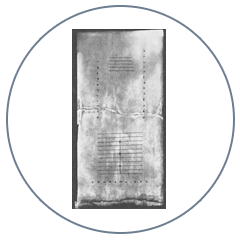
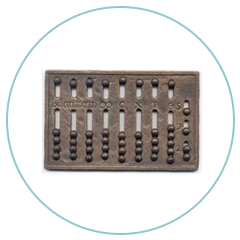
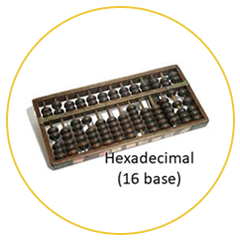
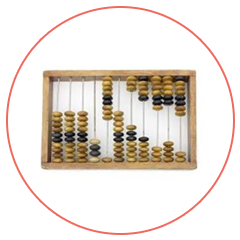
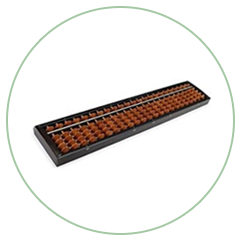
The Chinese abacus (Suan-Pan) was invented around 1200 A.D. It was an efficient and accurate mathematical calculation tool. Some of its principles were derived from its predecessors – the Greeks’ Salamis Tablet and the Roman Hand-Abacus. The ancient Chinese abacus worked on a 2/5-system which had two beads on the upper deck and five on the lower deck. The beads were manipulated to perform arithmetic calculations such as addition, subtraction, division, multiplication, and the finding of square roots. The Russians came up with their own version of the abacus in the 1600s, known as the Schoty. But it did not really gain popularity over the Suan Pan, which was later introduced to Japan and Korea, and in 1930, the Japanese improvised it and came up with a 1/4-system abacus known as the soroban. The soroban works on a base-10 system and eventually gained popularity over the Chinese abacus. It is used in CMA’s curriculum.
In acknowledging the many benefits of abacus training, it is important to first understand how the brain functions. The role of the brain, as we know, is to gather and process information and then trigger a response telling the body what to do. It consists of five major parts, of which the cerebrum is the largest. It is the cerebrum that is largely responsible for the things we do, see, think, feel, and so forth.
The cerebrum is made up of two main hemispheres, which are commonly referred to as the left brain and the right brain. Studies have shown that most of us have a dominant brain which we rely on extensively for day-to-day functioning. The left brain is responsible for the logical and systematic processing of information and is associated with reasoning, analysing, speech, and solving math problems. The right brain, on the other hand, is concerned with holistic functions such as figuring colours, geometrical shapes, music, and art and crafts.
Dr. Roger Sperry of the California Institute of Technology won a Nobel Prize for his work on the functions of the brain’s hemispheres.
The integral point to note is that the dual-hand abacus method (which CMA teaches) helps to develop both the left and right brains.
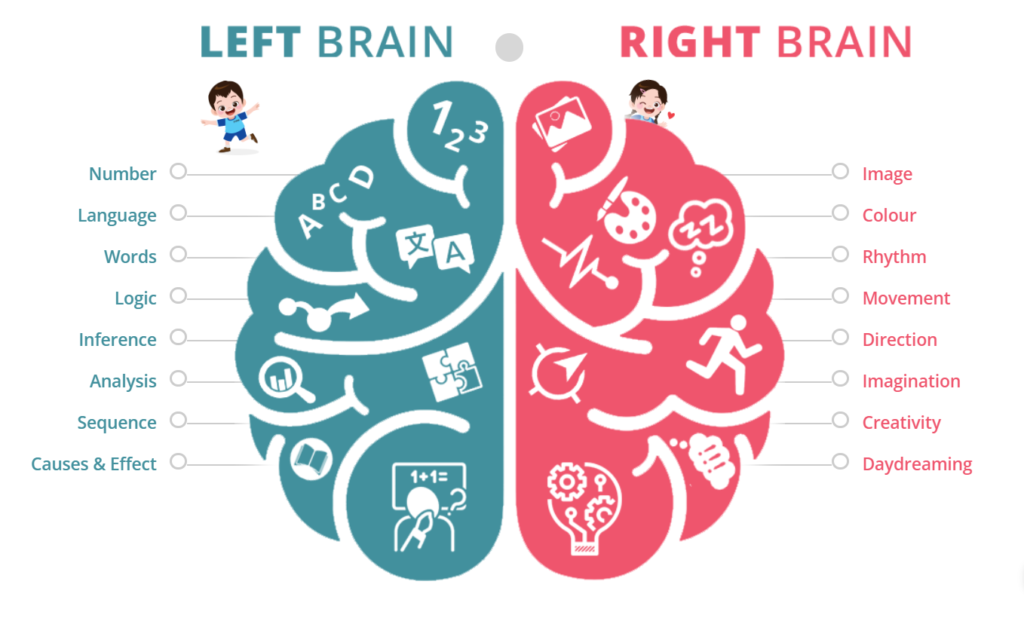
The 8 Phases of Mental Arithmetic Learning
Learning the Abacus can help to shape the child’s learning behavior, character and attitude. Desirable qualities such as discipline, curiosity and perseverance are introduced at the stage
The child will be taught to handle stress and strive for better performances. This occurs in the face of major examinations, raising the child’s sense of accomplishment and learning interest.
The child’s ability to learn will accelerate by leaps and bounds. The child is now trained in diligence, excellence and speed, so that he will look forward to challenges and develop a sense of self-affirmation.
The challenges have increased proportionately. The child will now be trained to confront trials and rise above problems.
The child’s precision and speed are enhanced, to train the child to be result-oriented and practice self-responsibility.
Now the child will take on more advanced challenges so teachers and parents will have to work together to ensure the healthy development of the child’s intellect.
The child has a clearer idea of what he wants. Taking part in tests and examinations can give the child the opportunities to hone his skills. The child will also be actively involved in goal-setting.
By this time, the child is skilled for life.
As long as the learning environment is conducive, the child will be able to achieve remarkable results. He can now transfer his skills to multiple learning situations such as university studies.
“This flow is based on an average individual’s progress.”

From the time we are born, our neural network start to form.
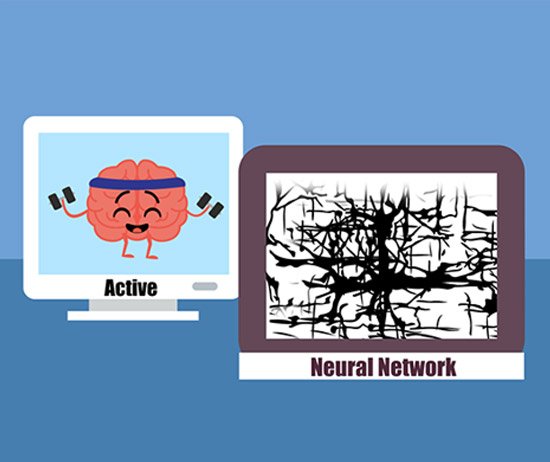
With proper training our neural network thrives by the time we reach 6 years old, and it will continue to develop in the following years. This also the best time to target brain development.

When we reach 14 years old, our neural network deteriorates if we have not been exercising it properly. We cannot do as much at this stage to develop it, as in the previous stages.